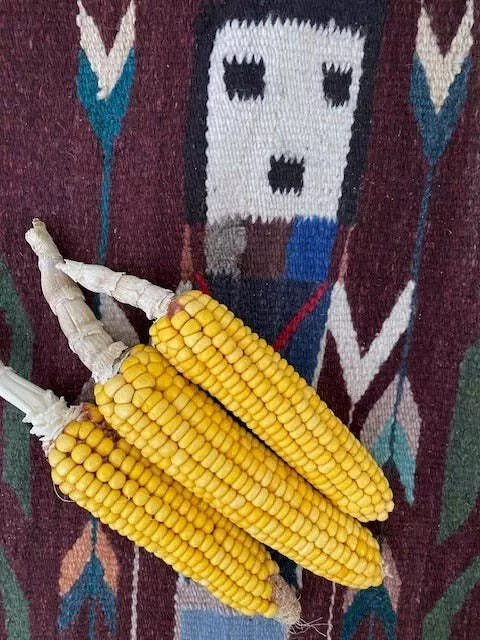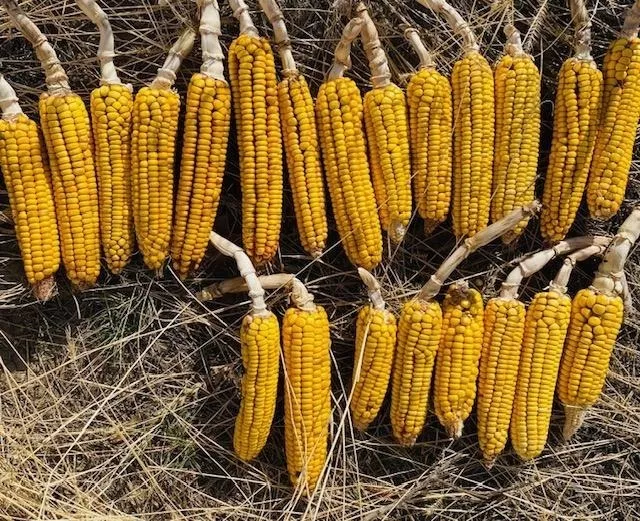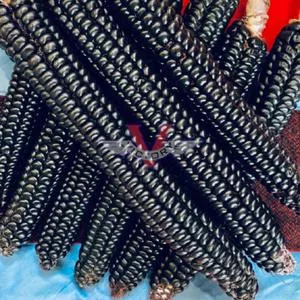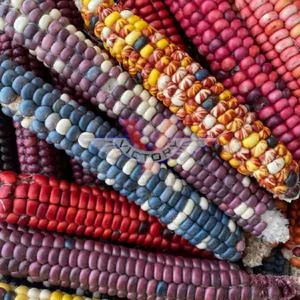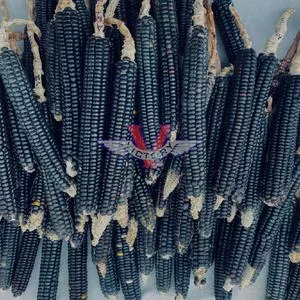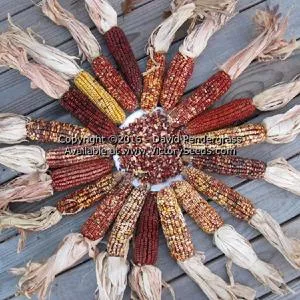

Homestead Hero Flour Corn
Price: $5.17
SKU: 31404731Balanced protein builds muscle. Nutrient dense grain staple. Fast maturing. Strong-stalked plants stand well. Survives both drought and cold stress.
The soft starch makes fluffy cornbread and also binds well for Johnnycakes and tortillas. The protein type gives it a rich amazing flavor. You will really enjoy boiling it for a high protein breakfast cereal!
Balanced, high-quality protein. It predominantly contains the rare Floury 2 gene that gives it high levels of the essential amino acids (proteins) that are deficient in other grains. It contains significant levels of lysine, tryptophan, and methionine. With other grains people must supplement their grain with legumes to get complete protein.
This is not a hybrid. This is an open pollinated population developed by natural breeding only. It has many ancestors from experiment stations in North Dakota, Canada, Poland and Romania. The genetic diversity makes it so customers can keep the seed that adapts to their area. It can be maintained forever.
The modern type plants have strong high-lignin stalks and roots that stand strong for machine harvest, unlike fast maturing Native lines. Most have single stalks; often no suckers. High placed ears. Cob appearances vary. Most have 10-14 rows of yellow grain.
Dave spent 30 years creating a nutrient-dense grain that is fast maturing under harsh conditions so people can feed themselves. These are the survivors of years of drought in dry land northern Montana.
Created for climate change. For tomorrow's necessary generation of homesteaders, and people around the world trying to achieve Victory over drought. Created to be your first choice for a high nutrition grain food staple. A wise foundation for your family's food security seed bank.
The high digestibility makes it an outstanding food for people and livestock. The high methionine makes it the first choice for chickens.
Dry grain in 115 days. Harvest when husks are dry and kernels are hard.
The seed we sell is produced and sold to us by its developer. Since 1970, Dave Christensen of Big Timber, Montana (Seed We Need®) has been continuously developing and refining this amazingly diverse corn variety. He has made it his life's work. We purchase our seed stock directly from Dave so by purchasing these seeds for your own garden, you are not only helping to support the seed variety preservation work of the Victory Seed Company, you are directly supporting another seed preservationist.
Homestead Hero was named by Jon Whitinger of Victory Seed Company. Dave and I work together sharing the urgency of creating foods to provide for the coming challenges. Victory Seed, probably more than any company is looking ahead with the independent homesteader in mind.
Sow seeds about 1½ to 2½ inch deep, 3 to 4 inches apart, in rows spaced 24 to 30 inches apart. Thin to 6 to 12 inches apart.

